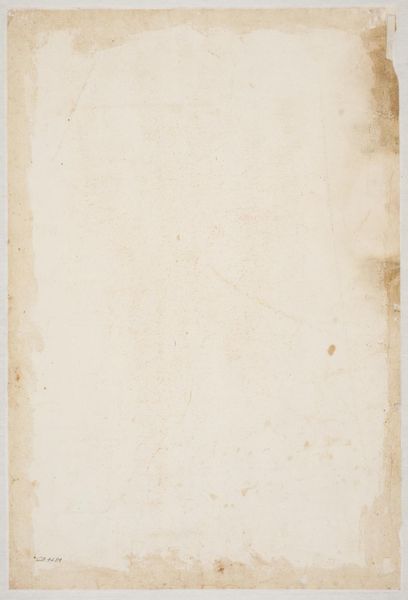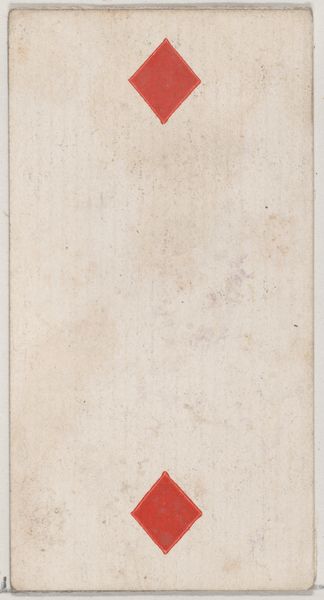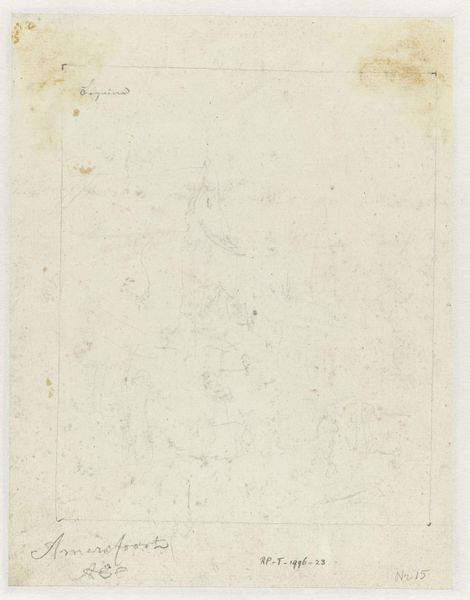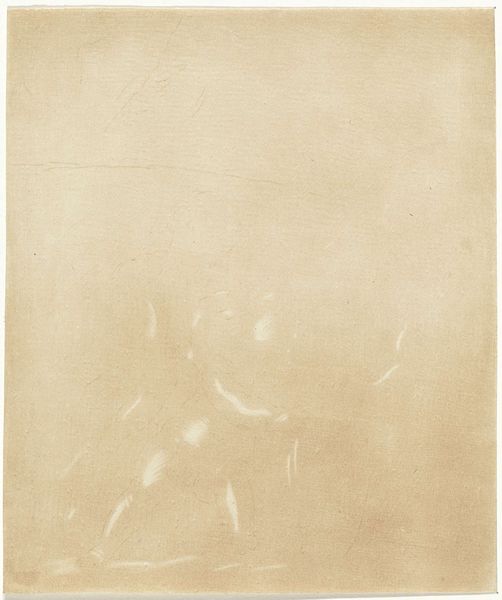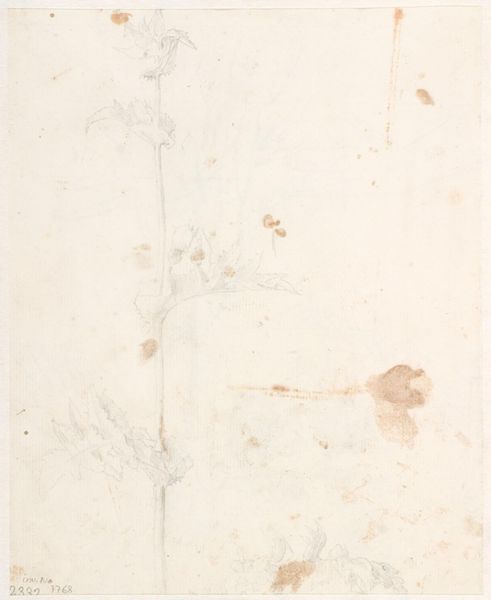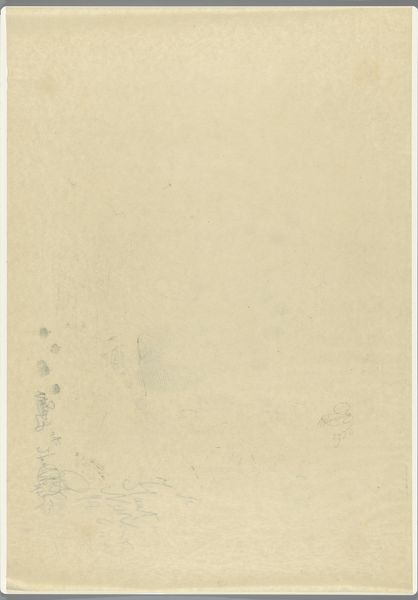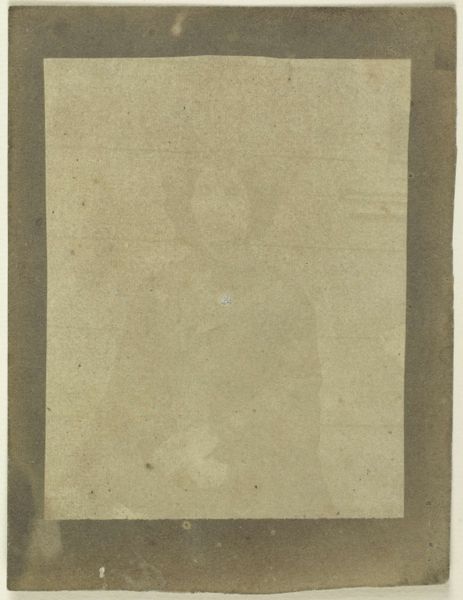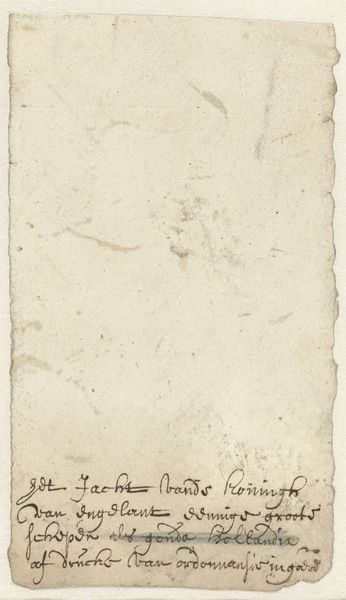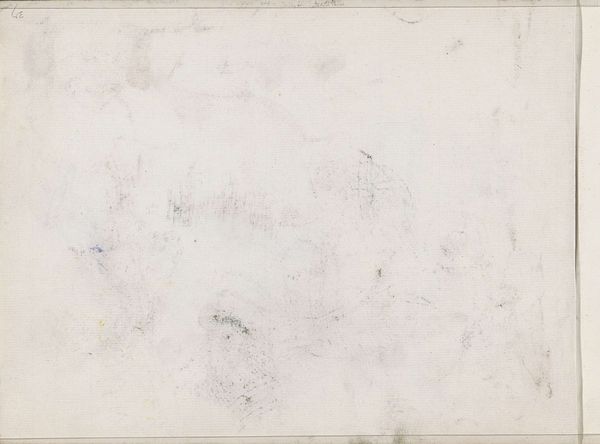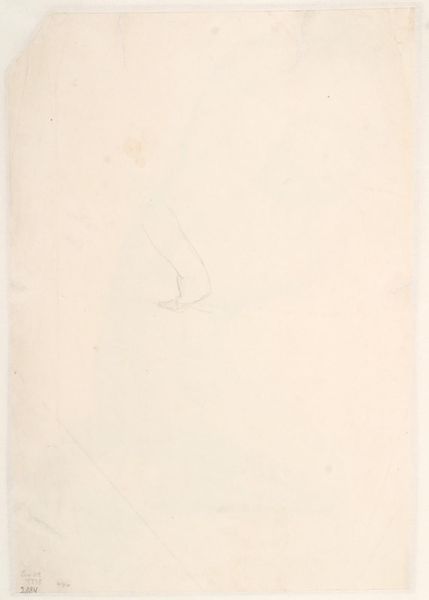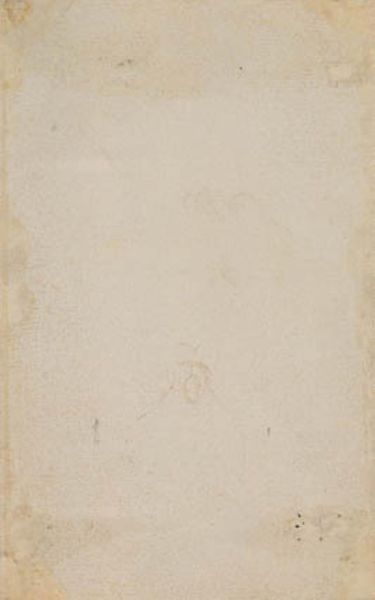
drawing, paper, pencil
#
portrait
#
drawing
#
dutch-golden-age
#
paper
#
pencil
#
sketchbook drawing
#
academic-art
Dimensions: height 294 mm, width 170 mm
Copyright: Rijks Museum: Open Domain
Editor: So, here we have "A Cap," a drawing made by Rembrandt van Rijn around 1629 or 1630, rendered in pencil on paper. It's so minimal. I’m curious, given the sketch-like nature of this piece, what do you see here beyond a preliminary study? Curator: Well, beyond being a mere sketch, consider the function of imagery in 17th-century Dutch society. This era saw an explosion of portraiture, reflecting the rising merchant class and a new sense of individual identity. Even a simple study like this, focusing on the depiction of a cap, serves as a window into the material culture and self-representation of the time. The act of sketching itself was evolving as crucial artistic practice. How do you think its status as a drawing, rather than a finished painting, would have affected its reception? Editor: That's a great point. It makes me think about accessibility – a drawing like this is perhaps more approachable, less formal than a grand oil painting. Maybe that encouraged broader viewership, influencing tastes across social strata. Curator: Precisely. Drawings circulated differently; they weren't necessarily commissioned for wealthy patrons alone. Think about the art market emerging at that time – the role of dealers, printmakers reproducing images… this little study could have indirectly shaped public perception of fashion, status, artistic skill…it makes you consider how the cap and clothing became central for establishing visual representations of class, does it not? Editor: It really does! I’m now seeing the sketch not just as a quickly rendered cap, but as a cultural artifact that was itself shaped and re-shaped by emerging artistic markets and socio-political expectations about individual identity. It highlights the material culture from which art is made, down to the clothing people would want represented! Curator: Exactly, and it underscores how even seemingly simple drawings can reflect and perpetuate broader societal values and trends. It gives us an insight into his entire studio practice.
Comments
No comments
Be the first to comment and join the conversation on the ultimate creative platform.
